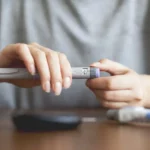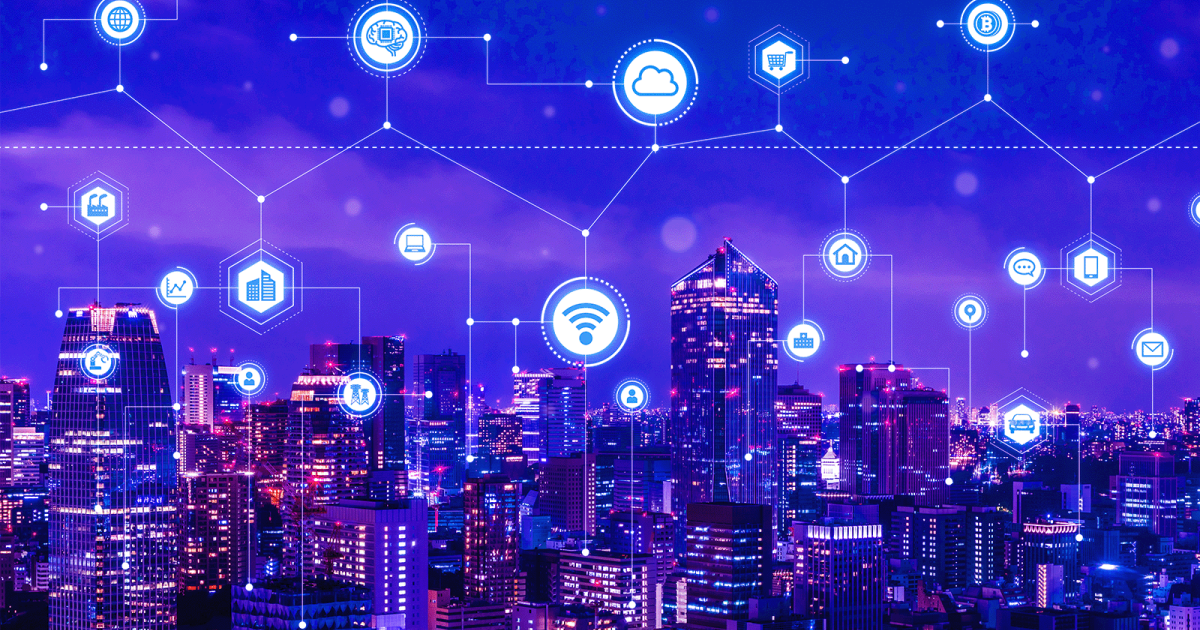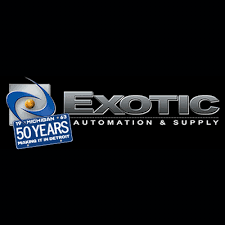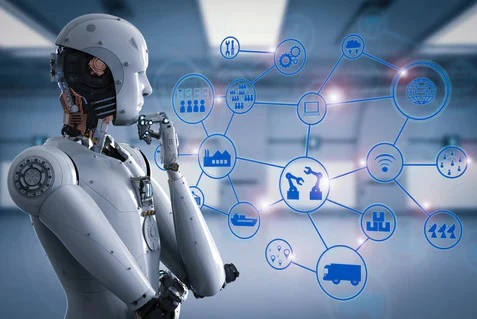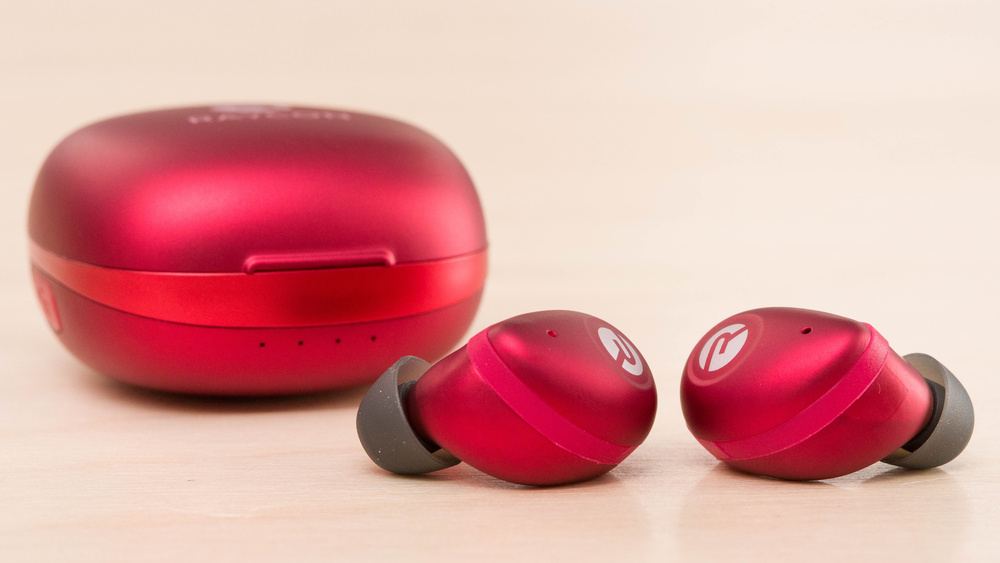The Internet of Things (IoT) has been a buzzword in the technology industry for years, and its impact on daily life is becoming increasingly evident. IoT applications in real life have revolutionized the way people interact with technology, and it is expected that this trend will continue to grow in the coming years. In this article, we will explore the future of IoT applications in real life and make predictions for 2023. We will also discuss the latest trends in IoT technology and how they are shaping the future of the industry.
Table of Contents
IoT Applications in Real Life
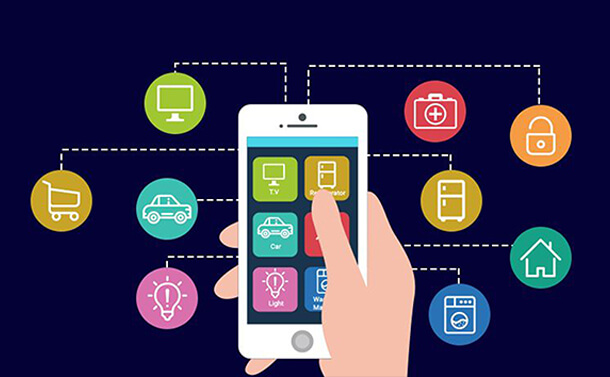
IoT applications in real life have already made a significant impact on how we live and work. Smart homes, wearable technology, and connected cars are just a few examples of how IoT technology is being used in daily life. In 2023, we can expect to see even more applications of IoT technology in real life. For example, we may see more IoT-powered healthcare devices that help people monitor their health and wellness. We may also see more smart city initiatives that use IoT technology to improve public services and infrastructure.
Predictions for 2023
In 2023, we can expect to see IoT applications in real life become even more prevalent. The number of connected devices is expected to continue to grow, and this will lead to an increase in the amount of data generated by these devices. We can also expect to see more IoT-powered solutions for businesses, such as smart factories and warehouses that use IoT technology to improve efficiency and productivity. Additionally, we may see more advancements in IoT security, as more companies invest in securing their IoT devices and networks.
Smart Homes and IoT
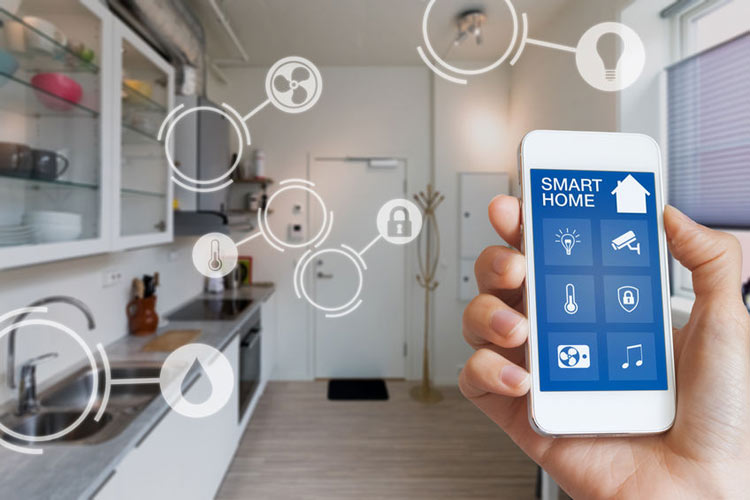
Smart homes have been one of the most popular applications of IoT technology in recent years. In 2023, we can expect to see even more IoT-powered devices in the home. For example, we may see more smart appliances that can be controlled remotely, such as smart refrigerators that can alert users when they are running low on certain foods. We may also see more IoT-powered home security systems that use cameras and sensors to monitor the home and alert homeowners of any potential threats.
IoT and Wearable Technology
Wearable technology has been a growing trend in recent years, and IoT technology has played a significant role in this trend. In 2023, we can expect to see even more IoT-powered wearable devices, such as smartwatches that can monitor health data and alert users to potential health risks. We may also see more IoT-powered clothing that can help people stay comfortable in different environments, such as jackets that can adjust their temperature based on the weather.
IoT and Connected Cars
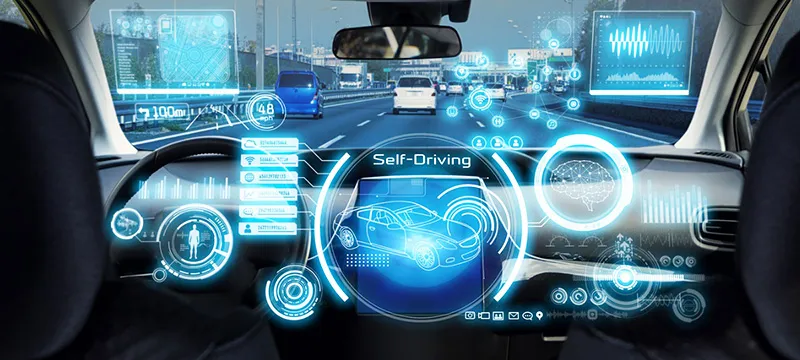
Connected cars are becoming increasingly popular, and IoT technology is a key component of these vehicles. In 2023, we can expect to see even more IoT-powered features in cars, such as smart traffic systems that can help drivers avoid congestion and accidents. We may also see more IoT-powered vehicle-to-vehicle communication systems that can help drivers avoid collisions and improve overall road safety.
IoT and Healthcare
IoT technology has the potential to revolutionize healthcare, and we are already seeing the early stages of this trend. In 2023, we can expect to see more IoT-powered healthcare devices that can help people monitor their health and wellness. For example, we may see more wearable devices that can track a person’s heart rate and other vital signs, and alert them to potential health risks. We may also see more IoT-powered telemedicine solutions that allow doctors to remotely monitor patients and provide virtual consultations, which can improve access to healthcare in rural and underserved areas.
IoT and Smart Cities
Smart city initiatives have been gaining traction in recent years, and IoT technology is a critical component of these initiatives. In 2023, we can expect to see more cities adopting IoT technology to improve public services and infrastructure. For example, we may see more IoT-powered traffic management systems that can help reduce congestion and improve the flow of traffic. We may also see more IoT-powered street lighting systems that can adjust their brightness based on the time of day and the amount of foot traffic.
IoT and Business
IoT technology has the potential to transform the way businesses operate, and we are already seeing the early stages of this trend. In 2023, we can expect to see more IoT-powered solutions for businesses, such as smart factories and warehouses that use IoT technology to improve efficiency and productivity. We may also see more IoT-powered supply chain management systems that can help companies track their products from manufacturing to delivery, which can improve transparency and reduce waste.
Challenges and Opportunities for IoT Applications in Real Life
While the future of IoT applications in real life is bright, there are also several challenges that need to be addressed. One of the biggest challenges is security, as more devices become connected to the internet, the risk of cyber-attacks increases. Another challenge is privacy, as more personal data is generated and collected by IoT devices, there is a risk that this data can be misused. However, there are also many opportunities for IoT applications in real life, such as improved healthcare, increased efficiency in businesses, and better public services in cities. As long as these challenges are addressed, the future of IoT applications in real life is promising.
Conclusion
The future of IoT applications in real life is exciting and full of potential. From smart homes to connected cars to healthcare, IoT technology is set to revolutionize the way we live and work. In 2023, we can expect to see even more IoT-powered devices and solutions that will improve our daily lives. However, it is important to address the challenges of security and privacy to ensure that the benefits of IoT technology are fully realized. By doing so, we can unlock the full potential of IoT applications in real life and create a better future for all.







